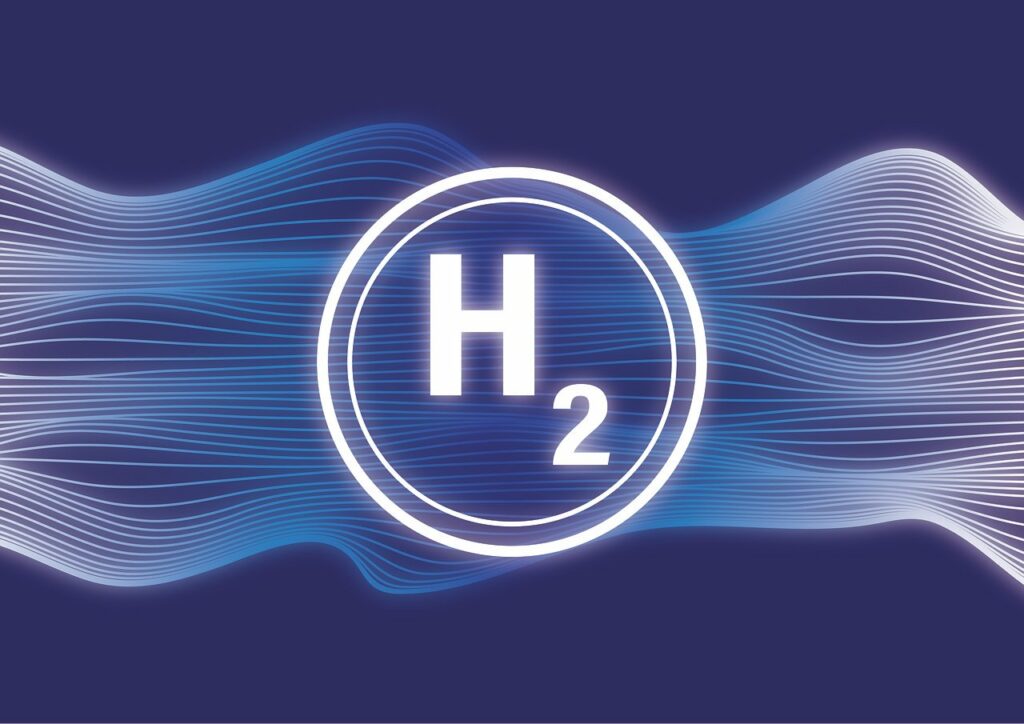ACWA Power is set to complete the construction of a green hydrogen production plant in Chirchik, Uzbekistan, by the end of this year.
This project, initiated in collaboration with a Chinese company, aims to harness wind power to produce green hydrogen and ammonia. While the endeavor represents a significant step toward sustainable energy in the region, it also raises questions about feasibility, economic impact, and alignment with global industry standards.
The plant’s construction, backed by a joint venture between ACWA Power and Uzkimyosanoat, represents a significant investment in Uzbekistan’s renewable energy infrastructure. With ACWA holding an 80% stake and Uzkimyosanoat 20%, the project has an estimated cost of $88 million. The facility is designed to utilize a 52 MW wind power plant to produce green hydrogen, which will subsequently be used to synthesize ammonia and manufacture nitrogen fertilizers.
Green hydrogen, produced using renewable energy sources like wind or solar, is crucial for reducing carbon emissions in various industries. ACWA Power’s project in Uzbekistan aims to generate green hydrogen primarily for internal needs, with future aspirations for export. However, this ambition must be contextualized within the broader hydrogen industry. According to the International Energy Agency (IEA), achieving substantial green hydrogen production involves significant technological and financial challenges. The production cost and scalability remain critical hurdles.
Globally, the hydrogen production landscape is dominated by larger-scale projects with substantial backing and advanced infrastructure. For instance, European countries are investing heavily in green hydrogen through initiatives like the European Green Deal. Compared to these extensive frameworks, ACWA Power’s project, while innovative, is relatively modest in scale. The plant’s projected output and its capacity to save 33 million tons of natural gas annually indicate a positive environmental impact, yet it falls short of the transformative scale seen in leading hydrogen initiatives.
Uzbekistan, as a major exporter of fertilizers to Europe, stands to benefit significantly from this project. Producing green ammonia locally could enhance the value of exported fertilizers, contributing to a greener supply chain. Additionally, the project promises economic benefits by creating jobs and fostering technological advancement in the region.
ACWA Power’s initiative could serve as a catalyst for further renewable energy projects in Central Asia. By demonstrating the feasibility of green hydrogen production, the project might attract additional investments and partnerships, fostering a regional hub for sustainable energy.





